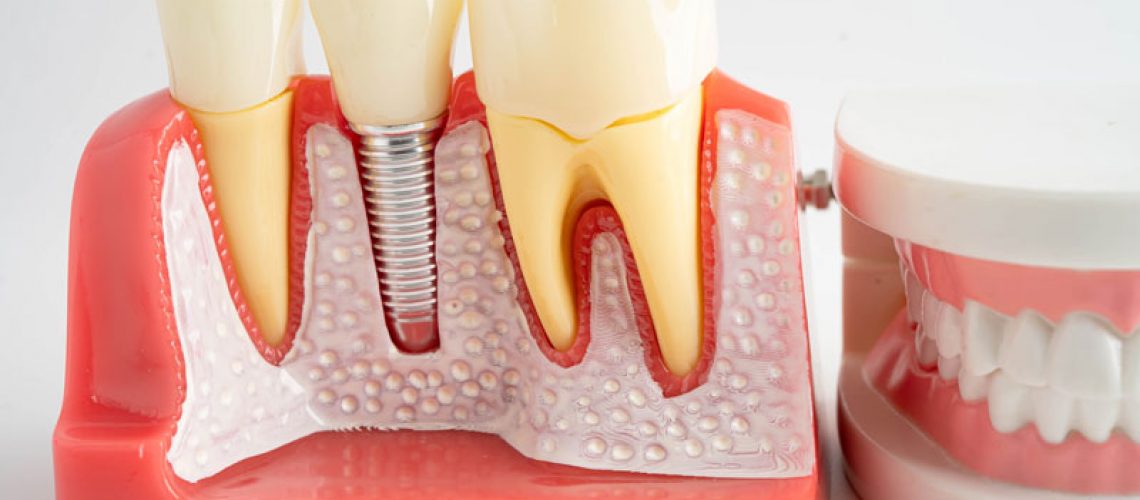
Share this post

We're located
1857 Tucker Way
Bowling Green, KY 42104
Phone: (270) 781-2952
Dental Marketing by Progressive Dental
Contact Us
- Back
- 270-781-2952


1857 Tucker Way
Bowling Green, KY 42104
Phone: (270) 781-2952
Dental Marketing by Progressive Dental
